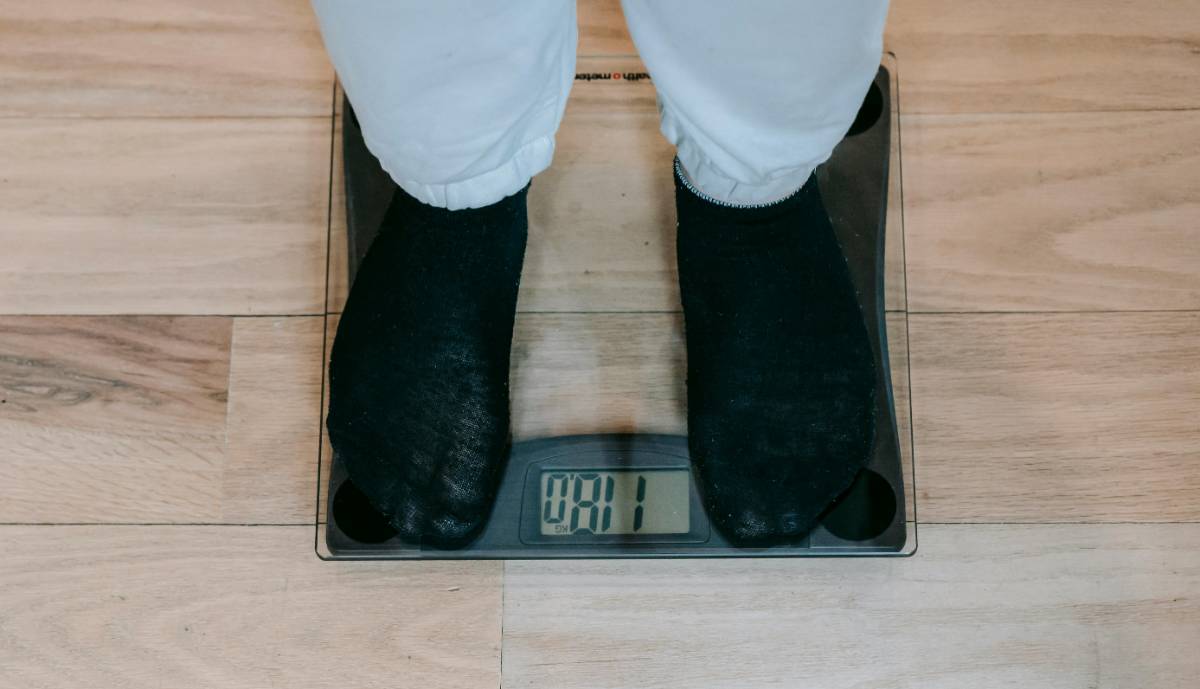Vegan and Vegetarian Protein Sources for a Balanced Diet

2 min read
|13 Dec 2025Protein is a crucial macronutrient that supports muscle growth, repair, and overall bodily functions. For those following vegan or vegetarian diets, finding adequate protein sources is essential for maintaining a balanced diet. Here’s a guide to some of the best vegan and vegetarian protein sources that can help you meet your nutritional needs.
Legumes: Versatile and Nutrient-Rich
Legumes are an excellent source of protein and are highly versatile for various dishes. Some key options include:
Lentils: Lentils are packed with protein and fiber. They come in various types, such as green, brown, and red, and can be used in soups, stews, salads, and even veggie burgers.
Chickpeas: Chickpeas, also known as garbanzo beans, are rich in protein and fiber. They can be used in dishes like hummus, curries, and salads, or roasted for a crunchy snack.
Black Beans: Black beans offer a high protein content and are great in soups, burritos, and salads. They also provide essential nutrients like iron and folate.
Tofu and Tempeh: Soy-Based Protein
Tofu and tempeh are popular plant-based protein sources made from soybeans. They are both versatile and can be used in a variety of dishes:
Tofu: Tofu is made from curdled soy milk and has a mild flavor that absorbs the taste of the dishes it’s cooked with. It’s excellent for stir-fries, scrambles, and soups.
Tempeh: Tempeh is a fermented soy product with a nutty flavor and a firmer texture than tofu. It’s great for grilling, sautéing, or adding to salads and sandwiches.
Seitan: The Wheat Protein
Seitan, also known as wheat gluten, is a high-protein meat substitute made from gluten. It has a chewy texture and is often used in vegan and vegetarian dishes to mimic the texture of meat. It’s high in protein but should be consumed in moderation if you have gluten sensitivities or allergies.
Quinoa: A Complete Protein Grain
Quinoa is a nutrient-dense grain that is considered a complete protein, meaning it contains all nine essential amino acids. It’s a versatile ingredient that can be used in salads, bowls, and as a side dish. Besides protein, quinoa is also a good source of fiber, iron, and magnesium.
Nuts and Seeds: Small But Mighty
Nuts and seeds are small but packed with protein and healthy fats. They can be added to various dishes or eaten as snacks:
Chia Seeds: Chia seeds are a good source of protein, fiber, and omega-3 fatty acids. They can be added to smoothies, yogurt, or used to make chia pudding.
Hemp Seeds: Hemp seeds are rich in protein and contain all essential amino acids. They have a mild, nutty flavor and can be sprinkled on salads, added to smoothies, or mixed into granola.
Almonds and Walnuts: Almonds and walnuts are protein-rich nuts that also provide healthy fats. They can be eaten as snacks, added to salads, or used in baking.
Edamame: Young Soybeans
Edamame are young soybeans that are often served steamed or boiled. They are rich in protein and can be enjoyed as a snack or added to salads and stir-fries.
Nutritional Yeast: A Cheesy Flavor
Nutritional yeast is a deactivated yeast that is often used as a cheese substitute in vegan diets. It’s high in protein and B vitamins and can be sprinkled on popcorn, pasta, or salads for a cheesy flavor.
Incorporating a variety of these protein sources into your diet can help ensure you get all essential amino acids and maintain a balanced and nutritious diet. By including legumes, soy-based products, grains, nuts, seeds, and specialty items like nutritional yeast, you can meet your protein needs while enjoying a diverse range of flavors and textures.
MORE ARTICLES

5 min read | 09 Dec 2025
How to Create a Balanced Workout Routine for Overall Fitness
Creating a balanced workout routine is essential for achieving overall fitness and maintaining a healthy lifestyle. A well-rounded routine incorporates various types of exercise to ensure that all aspects of fitness are addressed, including cardiovascular health, strength, flexibility, and balance. Here’s a comprehensive guide to developing a balanced workout routine that supports overall fitness.

4 min read | 08 Dec 2025
The Ultimate Full-Body Workout Routine for Beginners
Starting a workout routine can be both exciting and overwhelming, especially if you’re new to fitness. A full-body workout routine is an excellent way for beginners to build strength, improve endurance, and establish a solid foundation for more advanced exercises. Here’s a comprehensive guide to a full-body workout routine designed specifically for beginners.

3 min read | 07 Dec 2025
Combining Endurance Training with Strength Workouts for Balanced Fitness
Integrating endurance training with strength workouts can lead to a well-rounded fitness routine that enhances overall health, performance, and physical capability. This approach offers the benefits of both cardiovascular and muscular fitness, providing a balanced regimen that supports improved endurance, strength, and functional fitness. This article explores how to effectively combine endurance training with strength workouts, including tips, sample routines, and the benefits of a balanced fitness approach.

2 min read | 06 Dec 2025
The Role of Nutrition in Endurance Training
Nutrition plays a crucial role in endurance training, significantly affecting performance, recovery, and overall health. Proper nutrition ensures that your body has the energy and nutrients needed to sustain long workouts and recover effectively. This article explores the essential nutritional strategies for endurance training, including macronutrient balance, hydration, and timing.

2 min read | 05 Dec 2025
Endurance Workouts for Beginners
Starting an endurance workout routine can be a rewarding experience, offering improvements in cardiovascular health, stamina, and overall fitness. For beginners, it's important to ease into endurance training with workouts that are manageable and effective. This article provides a guide to endurance workouts for beginners, including tips for getting started, sample workouts, and advice for building endurance gradually.

5 min read | 04 Dec 2025
How to Prevent Overtraining in Endurance Routines
Overtraining can occur when athletes push their bodies beyond their limits without allowing adequate time for recovery. It can lead to decreased performance, increased risk of injury, and overall fatigue. Preventing overtraining is crucial for maintaining long-term endurance and achieving your fitness goals. This article explores strategies to prevent overtraining in endurance routines and helps ensure a balanced and effective training approach.
RECENT POSTS
1
How to Exfoliate Your Skin Safely
3 min read | 28 Sep 20252
Best Ingredients for Hydrating Dry Skin
3 min read | 27 Sep 20253
Best Ingredients for Hydrating Dry Skin
2 min read | 26 Sep 20254
Understanding Different Types of Toners
4 min read | 25 Sep 20255
The Importance of Cleansing Your Face Before Bed
2 min read | 24 Sep 20256
Anti-Aging Skincare Tips for a Youthful Glow
2 min read | 23 Sep 2025MORE POSTS

Using Technology to Monitor Dietary Intake
6 min read | 05 Dec 2025
The Importance of Regular Weigh-Ins
6 min read | 04 Dec 2025
How to Interpret Data from Fitness Trackers
6 min read | 03 Dec 2025
Setting Up and Using Weight Loss Goals and Milestones
6 min read | 02 Dec 2025
The Role of Mobile Apps in Weight Loss
7 min read | 01 Dec 2025
